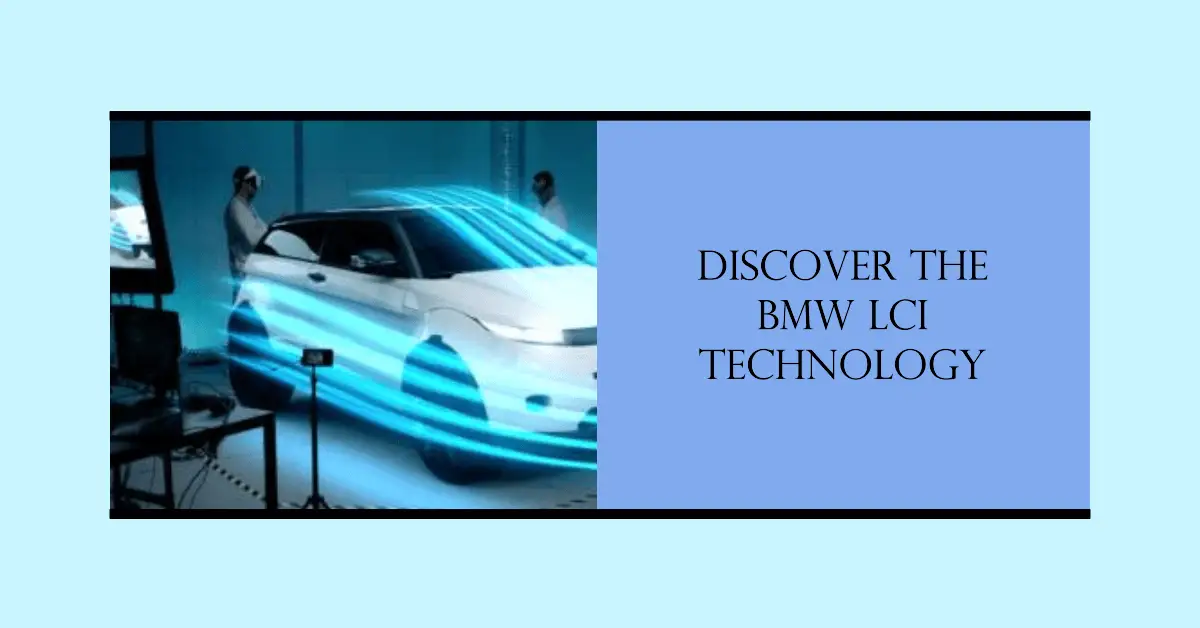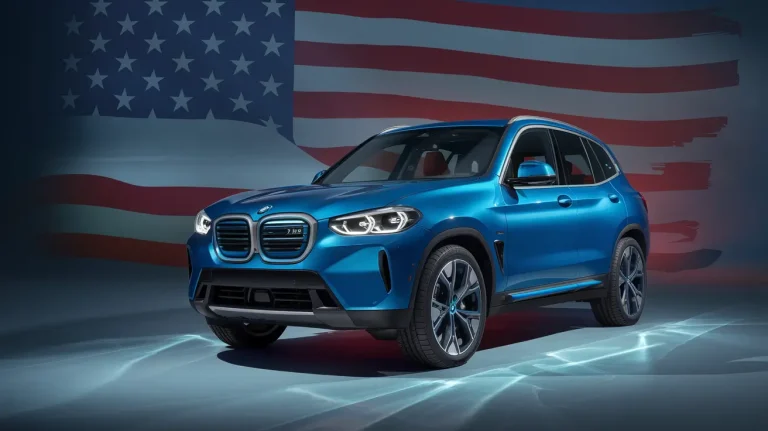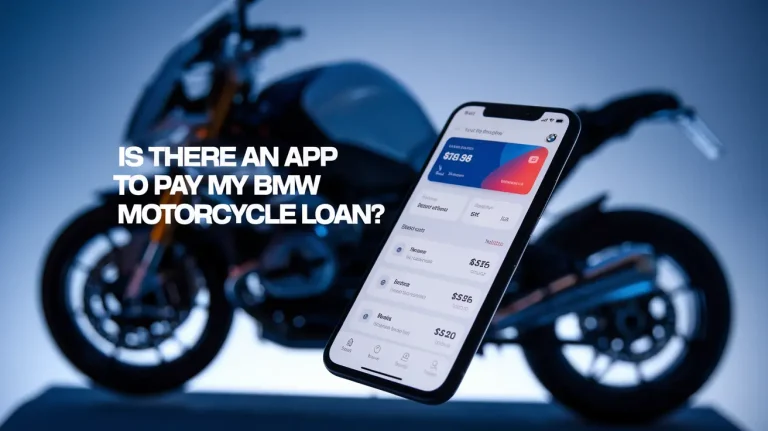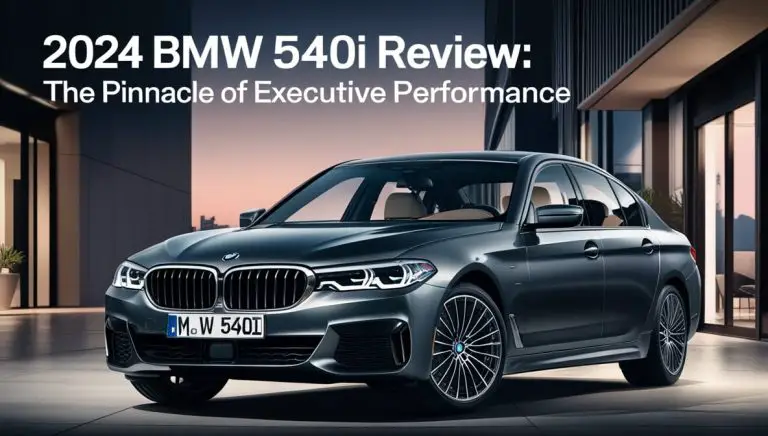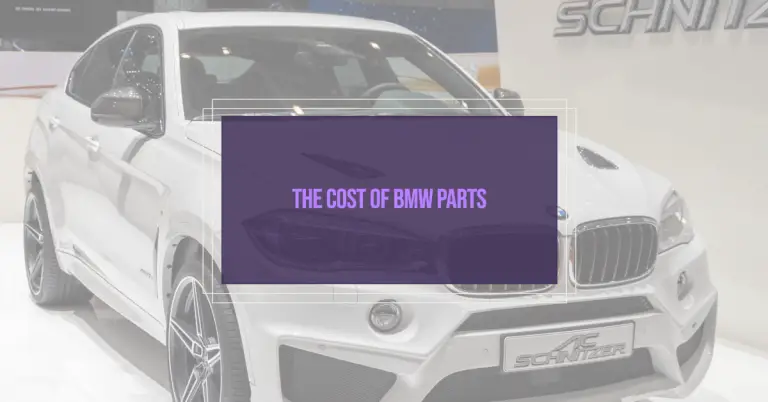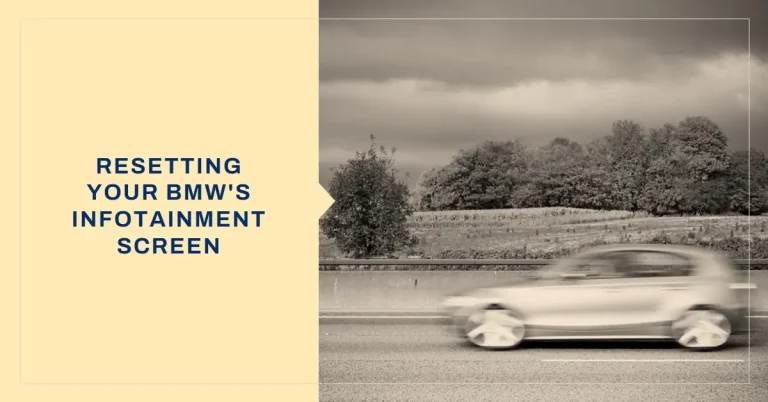What is BMW LCI? A Deep Dive into Life Cycle Impulse Updates
BMW is legendary for producing luxury vehicles with captivating designs, incredible driving performance, and the latest innovations in automotive technology. But in an industry where model generations typically last 6-7 years, staying competitive requires constant improvement.
This is where BMW’s “Life Cycle Impulse” updates come in. LCI is BMW-speak for a major refresh executed at the midpoint of each vehicle generation’s lifecycle. But what exactly does an LCI update entail?
In short, LCI updates represent a comprehensive overhaul of BMW models across all lines – encompassing extensive changes to exterior and interior design, technology, entertainment, connectivity, drivetrains, standard and available features, and more. BMW utilizes these mid-cycle “impulses” to keep their vehicles feeling fresh, modern and desirable years after launch.
In this detailed guide, we’ll explore the history of BMW’s LCI updates and dig into specifics on timing, extensive changes across all vehicle facets, and real-world examples of dramatic LCIs. Read on to learn everything about BMW’s commitment to continuous advancement through Life Cycle Impulse updates!
When Did BMW First Introduce LCI Updates?
BMW established the practice of mid-cycle Life Cycle Impulse updates in the early 1990s. The first recorded application of an official LCI update was for the BMW E36 3 Series.
Launched in 1990, the second generation E36 3 Series represented a major leap forward for BMW in terms of using more aerodynamic design language and lightweight materials. In 1995, BMW revamped the entire E36 line with a sweeping LCI update.
This first LCI brought major improvements in design, safety, technology, and performance across all E36 models. Some highlights included:
- Revised kidney grille, front/rear bumpers and new wheel designs refreshed exterior styling
- Dual front airbags introduced as new safety equipment
- Several new and more powerful engine options
- Suspension refinements for better handling and ride comfort
- Numerous interior ergonomic improvements
The success of the first E36 LCI cemented mid-cycle refreshes as an integral part of BMW’s product lifecycle management. This commitment to continuous improvement through LCIs continues today across all model lines.
How Often Do BMW LCI Changes Occur?
For current BMW owners, knowing when to expect an LCI refresh for your model can influence upgrade timing. BMW has standardized the LCI timing to reliably occur between 3-4 years after a model first launches.
Most commonly, BMW LCIs happen after around 3.5 years into a typical 6-7 year total generation lifespan. This positions the LCI roughly at the midpoint, allowing the refreshed model to feel updated and compelling for the remainder of its lifecycle.
Sometimes LCI updates correspond to a new internal BMW generation code, denoted by an “i” following the generation number (e.g. E46 to E46i). However, this is not always the case depending on the scope of changes.
Here are some examples of BMW models and the year span between launch and first LCI refresh:
- E36 – Launched 1990, LCI in 1995 (~4 years)
- E46 – Launched 1998, LCI in 2001 (~3 years)
- E90 – Launched 2005, LCI in 2009 (~4 years)
- F30 – Launched 2012, LCI in 2017 (~5 years)
- G30 – Launched 2016, LCI in 2020 (~4 years)
So for existing owners, you can generally expect a noticeable LCI update around 3-4 years into ownership. When approaching this point, some owners opt to upgrade to enjoy the benefits of the refreshed LCI model.
For shoppers in the pre-owned market, you’ll often find pre-LCI models drop in value after an LCI occurs, providing good value if you don’t mind forgoing some updates.
What Kinds of Changes Come With a BMW LCI Refresh?
Now that we’ve covered the history and cadence of BMW LCI updates, let’s explore what actually changes for BMW models during an LCI refresh. Updates encompass improvements across nearly all vehicle facets including:
Exterior and Interior Design Updates
Since aesthetics are a priority for luxury buyers, BMW LCIs invariably include styling changes inside and out to enhance visual appeal. Designers modernize the styling while maintaining familiar BMW design cues.
Exterior updates may include:
- Revised front and rear fascias like bumpers, fogs lights
- New grille and intake designs
- LED lighting upgrades for headlights/taillights
- New alloy wheel designs
- New exterior paint color options
- Exterior trim pieces revised for fresh detailing
Interior upgrades commonly involve:
- Updated color schemes and trim finishes
- Revised door cards and dashboard styling
- New seat designs or upholstery patterns
- Upgraded leather quality and interior materials
- New interior ambient lighting designs
- Visual tech upgrades like larger displays
These interior and exterior styling enhancements work together to maintain a fresh, contemporary BMW appearance both inside and out. Even small touches like new LED lighting elements modernize the look substantially.
New Technology and Connectivity
BMW prides itself on being a technology leader among prestige brands. LCI refreshes allow integration of new technology to improve capabilities, comfort, and the overall ownership experience.
Connectivity and infotainment see substantial upgrades during LCI updates to support new smartphones and digital services. BMW LCIs also introduce new advanced driver assistance tech and safety systems not available when the model originally launched.
Some examples of tech and connectivity improvements include:
- Support for Apple CarPlay and Android Auto
- Next generation Bluetooth and WiFi hotspot capabilities
- Wireless device charging
- Improved natural voice recognition
- Expanded connected services through BMW apps
- New driver assistance features like radar cruise control, parking assist, lane keep assist, etc.
- Upgraded parking cameras with 360 degree view
- Active safety enhancements like auto braking and blind spot monitoring
- Bigger and higher resolution center displays
These tech upgrades aim to keep BMW models at the cutting edge in terms of connectivity, entertainment, and intelligent driving assistance features.
Improved Infotainment Systems
One highly visible area refreshed in BMW LCIs is the infotainment system. Owners interact with the center display daily, so BMW focuses on improving the user experience through faster processors, easier controls, larger screens, and simplified interfaces.
Typical infotainment upgrades during an LCI include:
- Larger central touch displays
- Higher resolution screens with improved graphics
- More powerful processors for faster response
- Refined menu structures for better usability
- New and reconfigured controls like touch pads
- Support for latest smartphones via Apple CarPlay and Android Auto
- New audio systems with more speakers, surround sound, and amplification
- Latest navigation maps and BMW ConnectedDrive services
These infotainment enhancements modernize functionality while also improving aesthetics through beautiful new high-res screens and animations.
Powertrain, Drivetrain and Performance Enhancements
While LCIs focus more on design, tech and features, BMW does use the opportunity to make performance upgrades as well. Engineers refine the engines, drivetrains, suspensions and integrated vehicle dynamics to squeeze out more power, improve fuel economy, and fine-tune the driving experience.
Typical powertrain and dynamic upgrades may include:
- More powerful and efficient engine variants
- New transmission optimization for faster shifts
- Revised suspension and steering for better handling
- Upgraded brakes for shorter stopping distance
- New limited-slip rear differentials for improved traction
- Lower ride heights for lower center of gravity and improved response
- Sound symposers to enhance engine notes in the cabin
- Dynamic Stability Control calibration optimized
Altogether, these hardware and software tweaks further hone the legendary BMW driving experience generation after generation.
New Standard and Optional Features
LCIs allow BMW to update standard equipment and offer new options catering to evolving consumer preferences. Adding the latest “must have” features keeps BMW competitive when other new luxury models launch.
Buyers benefit from the newest innovations and options bundled into option packages. More features become standard equipment as items that were formerly optional cascade down in the lineup over time.
Here are some examples of new standard and optional equipment added during LCIs:
New Standard Features
- Heated front seats
- Keyless entry and start
- Ambient interior lighting
- Upgraded audio system
- Remote services via smartphone apps
New Optional Packages
- Premium sound system upgrade
- Head-up Display (HUD)
- Gesture controls
- Night vision with pedestrian warning
- New assistive driving packages like Driving Assistant Plus
- Upgraded navigation with real-time traffic
- Telematics add-on for concierge services
- Built-in WiFi hotspot
- Upgraded leather seats
- Soft-close doors
- Heated rear seats
- Heated steering wheel
- Harman Kardon audio system
These new features and options bundles enrich the ownership experience and provide more personalization.
Real World Examples of Extensive BMW LCI Improvements
Seeing how impactful BMW LCIs can be in practice helps bring the concept to life. Let’s look at a few examples of dramatic changes across generations of 3 Series and 5 Series models after their LCI refresh.
E90 3 Series LCI Changes
The immensely popular BMW E90 3 Series era spans 2006 to 2012. The LCI arrived in 2009 and brought an array of upgrades:
Exterior
- Reshaped front bumper with larger intakes
- Altered rear bumper and trunk lid design
- New headlight shape with standard LED accent lights
- More flowing side profile from revised mirrors and lower body work
- New sport alloy wheel options
Interior
- Redesigned dashboard and center console
- Higher quality materials with more padding
- Knee bolsters added to center stack
- Automatic climate control dials updated
- iDrive controller upgraded with button shortcuts
Technology
- Keyless start now standard
- Larger 8.8″ central display option
- Improved iDrive interface and graphics
- Real-time traffic info
- BMW Online and Bluetooth now standard
- New available front/rear parking sensors and camera
Powertrain
- IMPORTANT – Introduction of twin-scroll turbo engines with Valvetronic
- New direct-injection N55 engine replaced N54
- 7-speed DCT option for turbo models
- EcoPro mode to improve fuel efficiency
New Options
- Heads-up Display (HUD)
- Lane departure warning
- Active Cruise Control
- Active Steering variable ratio steering
- Sport automatic transmission
This E90 LCI brought better efficiency, more creature comforts, and innovative driving assist features that cemented the 3 Series as the sport sedan benchmark.
F30 3 Series LCI Changes
As the successor to the formidable E90, the current BMW F30 3 Series had big shoes to fill when it arrived in 2012. The Life Cycle Impulse refresh came in 2017 model year:
Exterior
- Revised front and rear fascias with larger intakes/outlets
- New full LED headlights and tail lights
- New hood, trunk, and front fender designs
- Updated kidney grille with active shutters
- Sleeker exterior mirrors
Interior
- Redesigned dashboard and center console
- Available digital instrument cluster
- Column-mounted shifter replaced console shifter
- Upgraded materials and trim finishes
- Ambient lighting standard
- Enlarged central iDrive display
Technology
- Standard Apple CarPlay and WiFi hotspot
- BMW’s new OS7 iDrive interface
- Gesture controls option
- Remote 3D View vehicle monitoring
- BMW Apps and ConnectedDrive Store
- Active Driving Assistant autonomy features
Powertrain
- New B48 4-cylinder gas and diesel options
- ZF 8-speed automatic across all models
- Revised electric power steering now standard
- Adaptive suspension options with variable dampers
New Options
- Wireless phone charging
- WiFi hotspot
- Active Cruise Control with Stop & Go
- Traffic Jam Assist semi-autonomy
- Automatic high beams
- Harman Kardon premium audio
- Track Handling package
- Rear seat entertainment screens
The comprehensive updates kept the F30 3 Series feeling fresh andexpanded the innovative technology offerings – cementing it as a class leader.
G30 5 Series LCI Changes
BMW’s legendary midsize sedan underwent the Life Cycle Impulse treatment for model year 2020:
Exterior
- New front bumper with larger air intakes and grille
- Redesigned LED headlights and taillights
- More aggressive rear bumper with sculpted diffuser
- Chrome exhaust tips now standard
- Revised hood and front fender design
- New exterior mirrors with turn signals
Interior
- 12.3″ fully digital instrument cluster standard
- 10.25″ central touch display standard
- Redesigned steering wheel with touch controls
- Ambient lighting enhancements
- Vernasca leather now standard
Technology
- Latest iDrive 7 interface with BMW Intelligent Personal Assistant
- Apple CarPlay, Android Auto, WiFi hotspot standard
- New Parking Assistant Plus with reverse assist
- Active Cruise and Lane Keeping Assistant standard
- Extended Gesture controls
- Wireless charging and WiFi hotspot standard
- Harman Kardon premium audio now standard
Powertrain
- New B58 3.0L straight-6 engine with more power and efficiency
- 48V mild hybrid system optional for added boost
- New xDrive40i and M550i tirm levels added
New Options
- Remote Engine Start
- Active Comfort Drive with road preview
- Rear-seat entertainment professional system
- Glass controls for gear selector, iDrive controller, and start/stop button
- BMW Drive Recorder dashcam
With more sophistication, cutting-edge tech, and refinements across the board, the G30 5 Series LCI shows how impactful BMW mid-cycle updates have become.
Should You Buy a BMW Before or After an LCI Update?
If you’re shopping for a BMW model approaching the 4-5 year mark in its lifecycle, an LCI refresh is likely on the horizon. This poses the question – should you buy now or wait for the updated LCI version?
Here are some pros and cons to help decide:
Buying Pre-LCI
Pros
- Lower purchase price on essentially the same core vehicle
- Proven reliability if early production issues are resolved
- Often more negotiating room for dealers to move on price
Cons
- Missing out on freshened LCI styling updates
- Lacks latest tech and infotainment offered after LCI
- Some models have improvements pre vs post LCI (e.g. N20 to B48 engine)
- Resale value may drop further after LCI occurs
Buying Post-LCI
Pros
- Vehicle feels “new again” with updated design and tech
- Latest innovations and options bundles
- May receive enhanced engines or new transmissions
- Higher resale value by buying newer model
Cons
- Higher purchase price with less negotiating room
- Waiting period until LCI launches can take over one year
- Potential early production bugs on newly updated models
Ultimately, the pros and cons will depend on your budget, priorities for features, and tolerance for waiting. Both pre- and post-LCI models provide the core BMW driving experience.
If you desire the latest and greatest innovations BMW has to offer, it may be worth waiting and paying more for a post-LCI model. However, pre-LCI vehicles depreciate quickly so can offer compelling value with slightly older designs and technology.
Conclusion
In the competitive luxury automobile market, standing still means falling behind. BMW recognizes this through its Life Cycle Impulse update process. LCI refreshes inject new energy into models at the midpoint of their lifespan to enhance visual appeal, upgrade technology, improve performance, and offer the latest features.
LCIs encompass sweeping changes across exterior and interior design, infotainment, safety systems, powertrains, and standard and optional equipment. While specifics vary by model, the comprehensiveness of BMW LCI updates reflects their commitment to continuous improvement.
For owners, LCIs bring welcome upgrades in look, feel, tech, and driving dynamics. Prospective buyers face the choice of paying more for a post-LCI model, or getting pre-LCI value with slightly older designs and tech. There are compelling arguments on both sides.
Regardless, understanding BMW’s LCI update process provides insight into their product cycles. Within the course of a generation, two distinct flavors of a model emerge – the original launch version, and the revamped LCI variant. This keeps BMWs feeling fresh and compelling years into their lifecycle, while offering buyers excellent choice and value.

